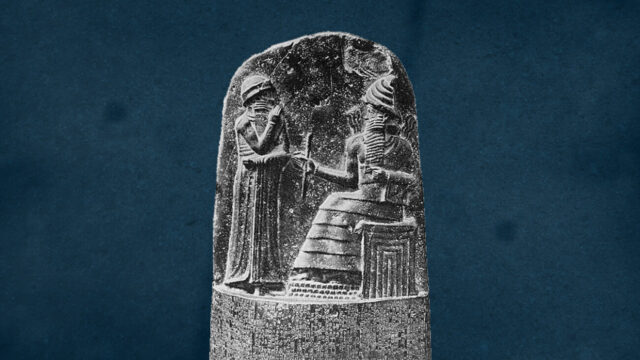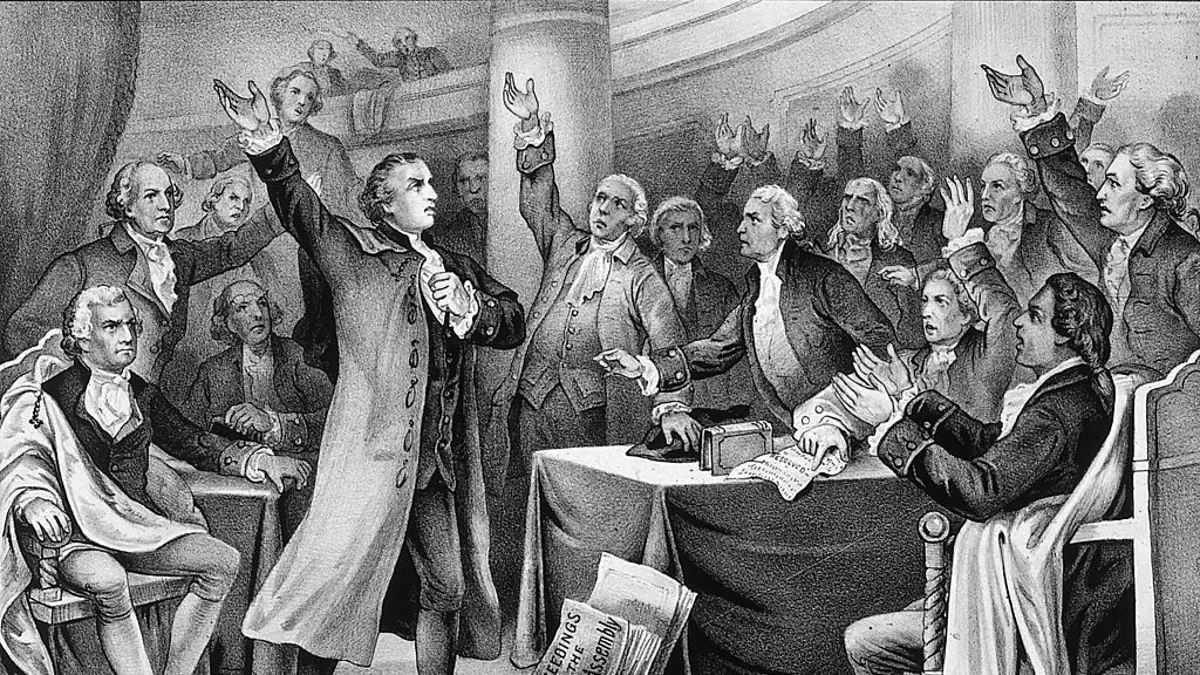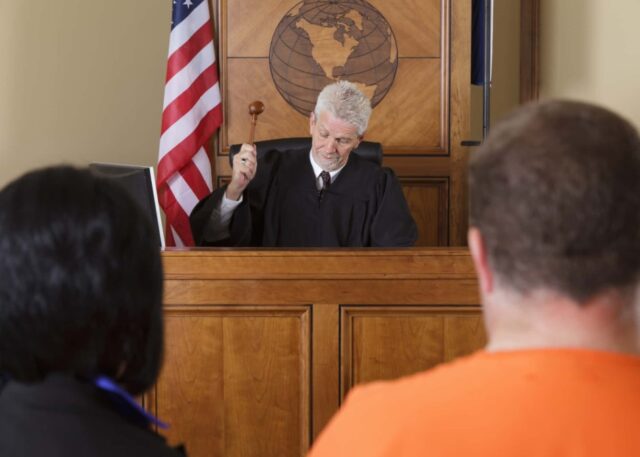
The concept of bail bonds is deeply rooted in the justice system, acting as a guarantee that an accused person will return to face trial if released from custody. Bail bonds serve as a form of insurance, ensuring that the defendant will make a court appearance.
The origins and evolution of this system provide us with insights into society’s changing perceptions of justice, fairness, and personal liberty. To truly grasp the complexities and significance of today’s bail bond system, you need to understand its historical trajectory.
This article explores the rich history of bail bonds, tracing its journey from ancient civilizations to the present day. The aim is to provide readers with a comprehensive understanding of the system’s underpinnings, highlighting the dynamic interplay between societal values, law, and individual rights. By appreciating this history, we can better evaluate the present state of bail bonds and imagine its future trajectory.
The Ancient Roots of Bail

Bail’s concept dates back millennia, revealing that societies throughout history have always grappled with the challenge of balancing individual liberty with societal security. These initial methods from ancient times provided the foundational tenets upon which contemporary bail bond practices are built.
Babylonian Code of Hammurabi (1750 B.C.)
One of the world’s earliest written legal codes had provisions that allowed for the temporary release of accused individuals in exchange for a guarantee, typically in the form of property or valuables, ensuring the person’s return for trial.
Ancient Roman and Greek Practices
Individuals would pledge their own property or that of their family as a form of collateral, ensuring their appearance at a future trial. This system was particularly significant in these societies where honor and personal reputation played a determining role in community standing.
Medieval English System of “Sureties”
By the medieval era, England had evolved its own distinctive approach to bail. Rather than just relying on tangible collateral, the English system introduced “sureties.” These were individuals who would vouch for the accused, ensuring their return to face justice. Failing to do so could result in financial or other penalties for the surety, adding an element of communal responsibility to the bail system.
The Magna Carta (1215)
The Magna Carta, sealed in 1215, stands as a monumental document in the annals of legal history, laying the groundwork for many of the modern rights and protections we use today. Within its clauses, it addressed the importance of due process and explicitly protected individuals against arbitrary detention.
Specifically, its insistence that “no free man shall be seized, or imprisoned, or stripped of his rights or possessions … except by the lawful judgment of his equals or by the law of the land” paved the way for future legal doctrines that would fortify the right to bail and ensure that detention wasn’t wielded unjustly or capriciously.
Evolution in Colonial America
As European settlers established colonies in the New World, they brought with them the legal doctrines and principles that had been foundational in their homelands. Colonial America, heavily influenced by the English system, adopted and began to adapt its practices around detention and bail.
This period saw the early emergence of what would eventually become the commercial bail industry. Local businessmen began to see an opportunity to act as sureties, providing funds for the accused’s release, and in return, collecting fees for their services. This nascent industry planted the seeds for the more formalized bail bond system that the U.S. would later fully develop.
The U.S. Bill of Rights (1791)

Central to this endeavor was the Eighth Amendment, which explicitly prohibited the imposition of excessive bail. This amendment underscored the principle that bail should not serve as a punitive measure but rather a means to ensure a defendant’s appearance in court. It placed a constitutional check on the power of the judiciary, preventing the use of prohibitively high bail amounts as a covert method of pre-trial detention.
Bail Reform Act of 1966 in the U.S.
This landmark legislation advocated for the release of defendants on recognizance, emphasizing that detention prior to trial should be an exception, reserved mainly for those deemed a flight risk. This act sought to diminish the weight of financial status in determining one’s freedom, aiming for a more egalitarian justice system.
Bail Reform Act of 1984 in the U.S.

Amending and expanding upon its 1966 predecessor, the 1984 Act introduced considerations of public safety into bail determinations. Now, if a defendant posed a significant threat to the community, they could be detained even if they were unlikely to flee. This nuanced approach sought to balance individual rights with broader societal concerns.
Bail Bonds in the 21st Century
Emerging technologies are reshaping the bail bonds system, such as with Las Vegas bail bonds, with the use of electronic monitoring devices offering an alternative to traditional detention. These devices can track an individual’s location, ensuring their adherence to bail conditions without the need for physical confinement. Advanced risk assessment tools harness the power of data analytics to provide more objective and consistent evaluations of an individual’s flight risk or potential threat to the community.
In tracing the evolution of bail bonds from ancient civilizations to the present, we have observed progressing societal values and ongoing debates about justice and equity. The system’s future, influenced by technological innovations and advocacy movements, beckons a potential paradigm shift that could redefine the very essence of pre-trial detention. As history has shown, the pursuit of a fair and just bail system is not just about legal procedures, but a reflection of society’s broader aspirations for equality and human rights.







